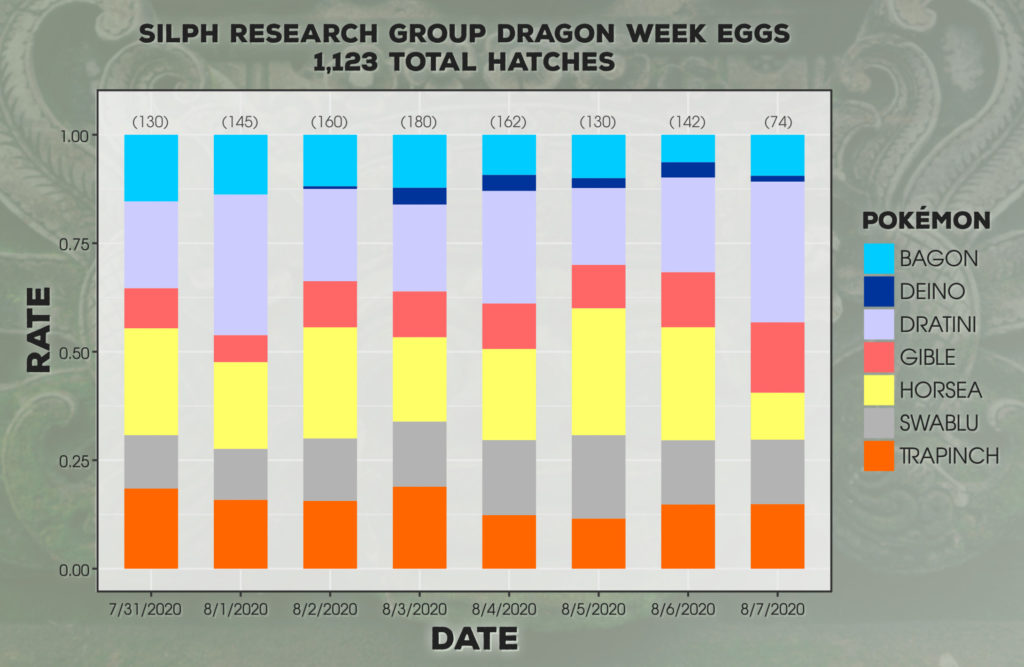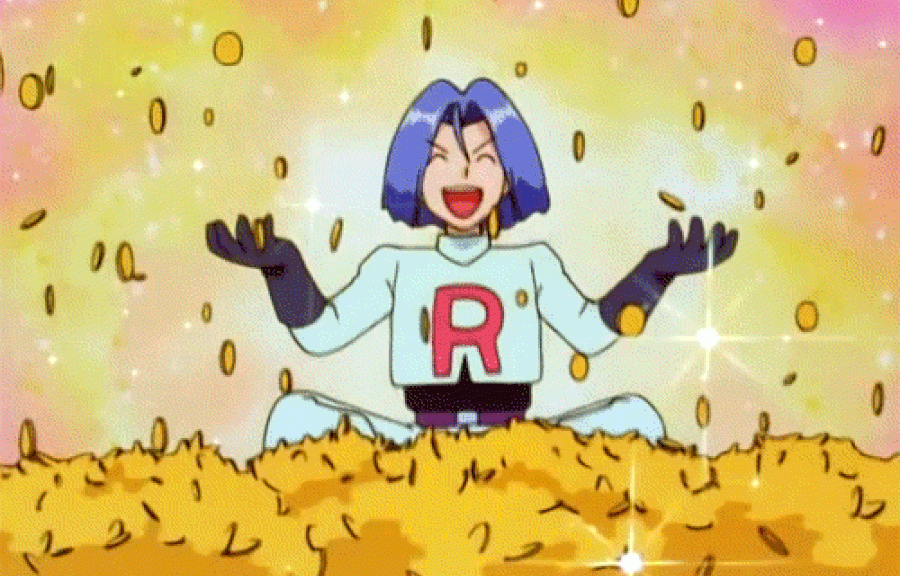The implementation of GO to HOME is poor
The limits used to profit from one-way transfers from Pokémon GO to Pokémon HOME is greedy and needless.
Let’s cut to the chase – the eventual release of Pokémon GO support for Pokémon HOME, which was announced last year but only released yesterday (for level 40 Trainers initially), is bad. Not only has it taken so long, but the ability to transfer Pokémon is either slow or expensive, as it is gated behind spending an unreasonable amount of time or money.
The Energy limit myth
The transporter used for transferring between Pokémon GO to Pokémon HOME apparently requires ‘energy’, which is finite and needs time to recharge. You gain one energy per minute, or 60 per hour, and can only hold a total of 10,000. This might seem like a lot, but supposing you want to trade a low-CP regular Shiny Pokémon (for instance, a spare Shiny Community “Day” Pokémon), you’ll spend almost 2,000 of that energy in one go. It will also cost more if it’s higher than 1,000 or 2,000 CP. A Shiny Legendary Pokémon starts at 9,000 – luckily if it’s over 1,001 CP it can’t cost more than 10,000 energy.

That’s close to an entire week of waiting to transfer another Shiny Legendary, a Pokémon that likely requires a mixture of luck and several Premium Raid or Remote Raid passes (the latter only obtainable via the in-game shop, and with a max limit of 3-5). Rare Pokémon have also been locked behind Eggs and associated events involving Incubators (typically paid-for items) – Eggs with no published hatch rates, and evidence of changing rates mid-event. Ergo, many of these rare Pokémon were likely already earned by players spending money.
Don’t want to wait? Well, you can pay PokéCoins to skip it – 1,000 for a full recharge. That’s roughly $10 USD, although the cost lowers the less recharge you need to do. $10 USD is a lot, to put it simply, for the ability to just quickly transfer something expensive again (and then you get to wait another time). This is worse right now too – the only way to earn in-game currency without using real money is via Gyms, which isn’t an accessible method to many players (e.g. rural), nor to many currently in a country experiencing lockdowns (like much of Europe). Lockdowns incidentally will already impact players from participating in events like this month’s pair of Community ‘Day’ events, which will encourage players to hatch Eggs for event Pokémon (ergo, go out and walk). The revamped PokéCoin reward test meanwhile has been removed.
In Pokémon Diamond, Pearl and Platinum, there was an artificial six Pokémon a day limit, but they could all be Legendaries. Fellow generation four titles Pokémon HeartGold and SoulSilver did away with this limit to the joy of many fans. And it didn’t cost anything. There was no such limit between any supported game and Pokémon Bank either. You pay the Pokémon Bank fee, and you can transfer as many Pokémon as you liked.
More money, more!
So why have this system now? One could argue it is a way to reduce server stress of everyone sending Pokémon to HOME at once. This doesn’t match the current restriction of offering it to Level 40 Trainers only (ergo, Niantic and The Pokémon Company can monitor server demand easily enough), and the limit doesn’t need to be quite that bad as to limit players to transferring one Shiny Legendary a week. Furthermore, no such limit exists for transferring Pokémon from Pokémon GO to Pokémon Let’s Go, Pikachu and Eevee! So a Shiny first generation Legendary Pokémon can be sent to that game and then to HOME with no recharge time required afterwards. Why is there no problem here, no fictional ‘energy’ requirement? Did Pokémon GO have to copy Pokémon Masters in adding in an unwanted version of a stamina system post-launch as well?
Maybe it’s to limit the number of Shiny and Legendary Pokémon in the main series games? That goes against the rather generous 1% Shiny chance per Pokémon in Dynamax Adventures in Pokémon Sword and Shield, not to mention the other numerous Shiny hunting methods in main series titles. Shiny hosted Raids in the Galar games are easy to find too. And again, one single Shiny Legendary a week is a very slow rate, especially when players likely shell out money already to increase their chances for such prizes in Pokémon GO.
One could also argue that the server costs for maintaining everyone’s Pokémon is a factor. However, if you want to use HOME and have more than a measly 30 storage space (which you may well need, as not all Pokémon can be sent to Pokémon Sword and Shield still), you need to pay a yearly fee, of at cheapest $3 a month, or $16 for a year. Now, surely a service that cost over three times as much as its previous iteration (Pokémon Bank, $5 a year) shouldn’t need more money than that to support what really are just small files of data? At least those people who are paying shouldn’t need to pay extra on top of that?
To put it in perspective, on Niantic’s side, they made a whopping one billion dollars in 2020 alone, with a lifetime revenue of $4 billion. And Pokémon itself is the highest-grossing media franchise.


You can’t really in good faith argue that The Pokémon Company needs even more money. Sadly, Pokémon is more and more focused as a business, evident in the yearly main series game releases or DLC expansions since the tail end of generation six, to the detriment of the quality of the games just to meet a yearly deadline to further push advertising of the anime, movies, and sheer power of the Pokémon merchandise (easily the largest revenue raiser for Pokémon).
Don’t get me wrong, the games are still fun – but they have issues, and you only need to take a short objective comparison between Pokémon Sword and Shield and other Nintendo Switch titles, and view the fallout over ‘Dexit’ to see evidence of mismanagement. It’s a far cry from the days of polished gameplay and longer gaps in development between major releases, like in generations four and five.
Even the release of connectivity between Pokémon GO and Pokémon HOME had the embarrassing mistake of Alolan Pokémon being mistaken for their Kanto forms, resulting in e.g. illegal Alolan Vulpix having Fire moves, in the app that is supposed to check for such mistakes (or hacked Pokémon). This is on top of the other glitches and issues already experienced by HOME users. When players have waited over half a year to have this support added to Pokémon HOME, which they likely paid for, you wouldn’t blame them for expecting better than this.
All these games serve as ways to sell merch – but that hasn’t stopped practises such as charging players a fee to skip an unnecessarily slow wait time.
What is your take on the current implementation of Pokémon GO support in Pokémon HOME? If you don’t like it, I personally urge you to speak up – voice your displeasure. Don’t cave and give money towards this scheme that wants to profit on your impatience in transferring Pokémon to main series titles (or at least HOME if your Pokémon is one of the 200+ not available in Pokémon Sword and Shield currently).
Edited by Mercury and Sheep.
